- Quick and easy service
Car Rental Lisbon
Search, compare & book!
- Free cancellation Up to 48 hours prior to the scheduled pick up time
- Best price guarantee Have you found a better price? Let us know and we will make you a better offer.
- 24000+ pick-up locations Locations around the world
Car Rental Lisbon
Renting a car in Lisbon is simple with us. We offer the best rates in the market. We offer rental cars worldwide, in over 125 countries and more than 17,000 locations. All inclusive car rental in Lisbon at the best rates - quality service guaranteed!
Car rental offers in Lisbon
Whether you're looking for a small rental car or a station wagon for the entire family, we will always have a suitable vehicle for the lowest price. Below are some examples from our selection in Lisbon.
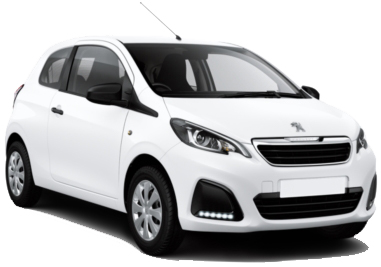
-
SurPrice car rentals From€ 3 /day -
OK Mobility From€ 6 /day -
Dollar Rent a Car From€ 32 /day
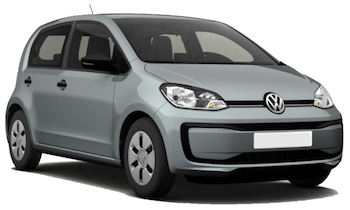
-
SurPrice car rentals From€ 3 /day -
Klass Wagen From€ 4 /day -
Turisprime From€ 10 /day
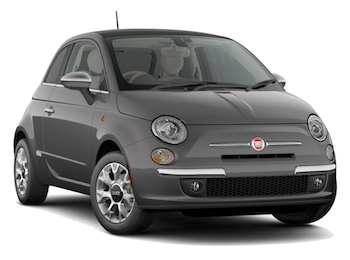
-
Tangerine From€ 5 /day -
Drive On Holidays From€ 6 /day -
Centauro From€ 8 /day
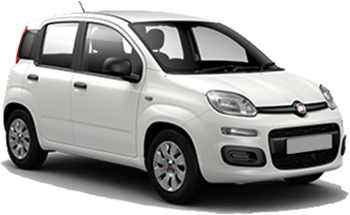
-
SurPrice car rentals From€ 3 /day -
Centauro From€ 4 /day -
Bravacar From€ 5 /day

-
wheego From€ 4 /day -
SurPrice car rentals From€ 4 /day -
Klass Wagen From€ 4 /day
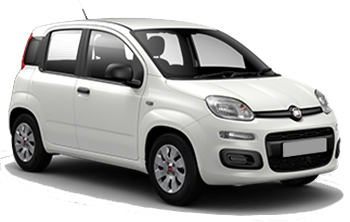
-
Drive On Holidays From€ 7 /day -
Goldcar From€ 9 /day -
Sicily by Car From€ 10 /day
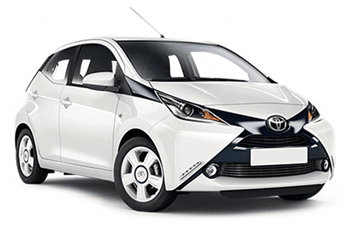
-
Klass Wagen From€ 4 /day -
Europcar From€ 14 /day -
OK Mobility From€ 26 /day

-
Klass Wagen From€ 4 /day -
SurPrice car rentals From€ 8 /day -
Turisprime From€ 11 /day
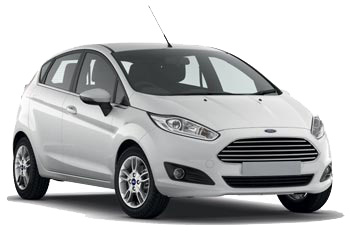
-
Drive On Holidays From€ 8 /day
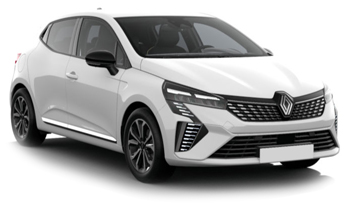
-
SurPrice car rentals From€ 4 /day -
OK Mobility From€ 7 /day -
Flizzr From€ 12 /day
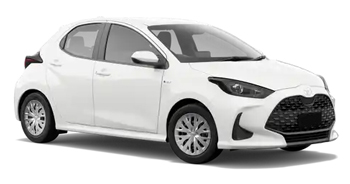
-
SurPrice car rentals From€ 4 /day -
Enterprise From€ 18 /day -
Alamo From€ 20 /day
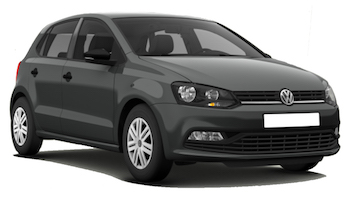
-
Drive On Holidays From€ 7 /day -
Centauro From€ 9 /day -
Record Go From€ 16 /day
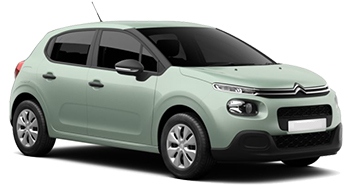
-
SurPrice car rentals From€ 4 /day -
Record Go From€ 7 /day -
Green Motion From€ 7 /day
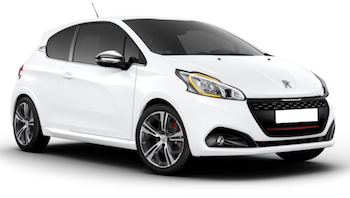
-
SurPrice car rentals From€ 4 /day -
wheego From€ 4 /day -
CRC car rental company From€ 5 /day
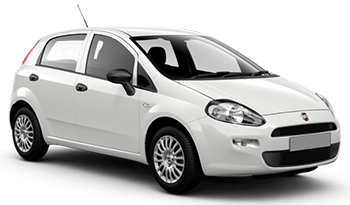
-
Drive On Holidays From€ 8 /day -
Centauro From€ 17 /day
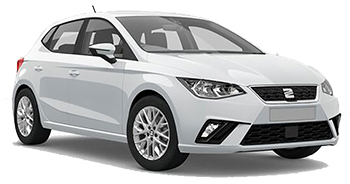
-
SurPrice car rentals From€ 4 /day -
Centauro From€ 6 /day -
Bravacar From€ 6 /day
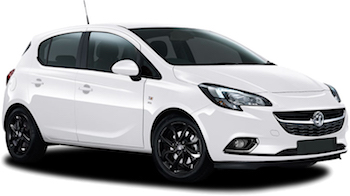
-
SurPrice car rentals From€ 4 /day -
Tangerine From€ 6 /day -
Goldcar From€ 7 /day

-
Centauro From€ 8 /day -
Record Go From€ 10 /day -
Sicily by Car From€ 12 /day

-
Rent a star From€ 6 /day -
Cael From€ 15 /day -
OK Mobility From€ 18 /day

-
Klass Wagen From€ 6 /day

-
Centauro From€ 9 /day -
Green Motion From€ 17 /day -
Enterprise From€ 25 /day

-
SurPrice car rentals From€ 6 /day -
BeRent From€ 7 /day -
Centauro From€ 8 /day
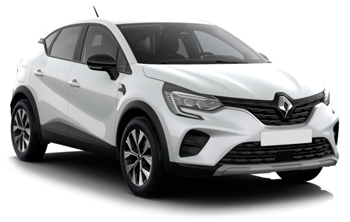
-
SurPrice car rentals From€ 6 /day -
CRC car rental company From€ 7 /day -
Goldcar From€ 8 /day
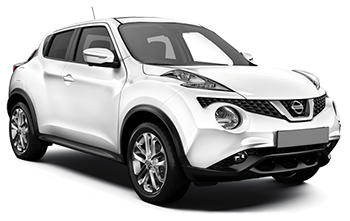
-
Goldcar From€ 9 /day -
Dollar Rent a Car From€ 22 /day -
Thrifty From€ 23 /day

-
SurPrice car rentals From€ 6 /day -
wheego From€ 6 /day -
CRC car rental company From€ 7 /day

-
Klass Wagen From€ 6 /day -
OK Mobility From€ 10 /day -
FireFly Car Rental From€ 23 /day

-
Centauro From€ 9 /day -
Record Go From€ 14 /day -
wheego From€ 14 /day
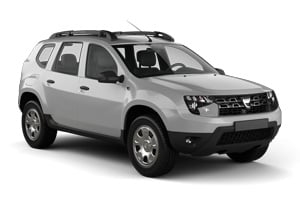
-
Klass Wagen From€ 8 /day -
OK Mobility From€ 11 /day

-
Klass Wagen From€ 8 /day -
Drive On Holidays From€ 13 /day -
Goldcar From€ 17 /day

-
Centauro From€ 16 /day -
Green Motion From€ 24 /day -
CRC car rental company From€ 25 /day

-
wheego From€ 11 /day
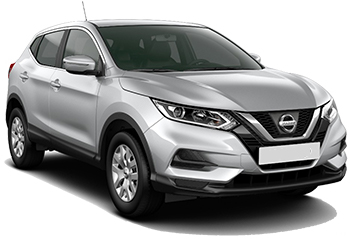
-
OK Mobility From€ 11 /day -
Drive On Holidays From€ 13 /day -
Alamo From€ 27 /day

-
Drive On Holidays From€ 18 /day -
Keddy By Europcar From€ 22 /day -
Europcar From€ 26 /day

-
OK Mobility From€ 11 /day -
Europcar From€ 26 /day -
Budget From€ 36 /day

-
OK Mobility From€ 11 /day -
Green Motion From€ 13 /day -
CRC car rental company From€ 13 /day

-
Record Go From€ 19 /day -
Sixt From€ 44 /day

-
Klass Wagen From€ 9 /day

-
Klass Wagen From€ 16 /day -
Sixt From€ 41 /day

-
Turisprime From€ 21 /day -
Europcar From€ 34 /day

-
CRC car rental company From€ 17 /day

-
CRC car rental company From€ 17 /day

-
CRC car rental company From€ 21 /day

-
Turisprime From€ 19 /day -
Europcar From€ 28 /day

-
Goldcar From€ 21 /day -
Keddy By Europcar From€ 35 /day -
Europcar From€ 40 /day

-
CRC car rental company From€ 23 /day

-
Klass Wagen From€ 12 /day

-
Klass Wagen From€ 15 /day
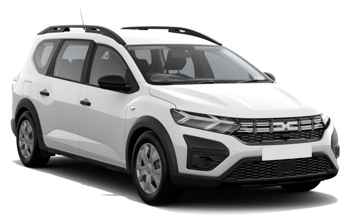
-
Klass Wagen From€ 15 /day -
Europcar From€ 95 /day

-
Klass Wagen From€ 15 /day

-
Drive On Holidays From€ 39 /day

-
OK Mobility From€ 30 /day -
Cael From€ 73 /day

-
OK Mobility From€ 31 /day -
Dollar Rent a Car From€ 89 /day -
Hertz From€ 114 /day

-
Drive On Holidays From€ 41 /day

-
Drive On Holidays From€ 31 /day

-
Record Go From€ 23 /day

-
Record Go From€ 23 /day

-
Drive On Holidays From€ 26 /day

-
Hertz From€ 30 /day -
Thrifty From€ 30 /day -
Europcar From€ 45 /day

-
Hertz From€ 30 /day -
Thrifty From€ 30 /day -
Europcar From€ 44 /day

-
Hertz From€ 30 /day -
Thrifty From€ 30 /day

-
Hertz From€ 30 /day -
Thrifty From€ 56 /day

-
Drive On Holidays From€ 31 /day

-
Tangerine From€ 31 /day

-
SurPrice car rentals From€ 9 /day -
Green Motion From€ 9 /day -
wheego From€ 11 /day
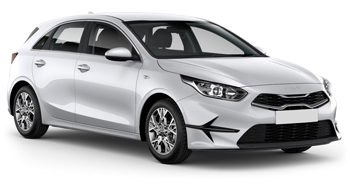
-
Klass Wagen From€ 9 /day -
FireFly Car Rental From€ 22 /day
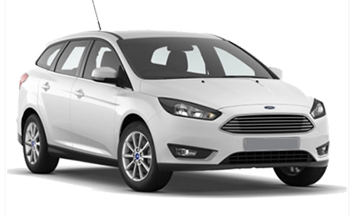
-
Tangerine From€ 16 /day -
Keddy By Europcar From€ 22 /day -
Europcar From€ 27 /day

-
Tangerine From€ 9 /day -
Keddy By Europcar From€ 22 /day -
Dollar Rent a Car From€ 23 /day
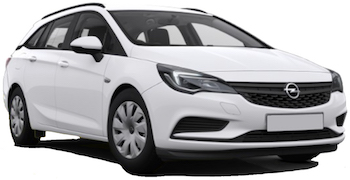
-
Green Motion From€ 9 /day -
Drive On Holidays From€ 14 /day
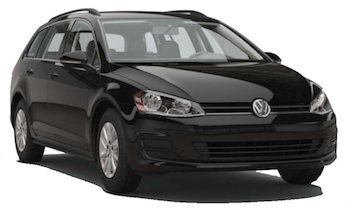
-
Record Go From€ 19 /day -
Drive On Holidays From€ 23 /day -
Budget From€ 28 /day

-
SurPrice car rentals From€ 10 /day -
Right Cars From€ 11 /day -
Flizzr From€ 20 /day

-
Record Go From€ 10 /day -
Drive On Holidays From€ 20 /day

-
CRC car rental company From€ 19 /day -
wheego From€ 20 /day -
Turisprime From€ 21 /day

-
Tangerine From€ 35 /day -
Sixt From€ 57 /day
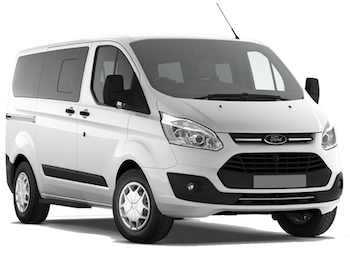
-
OK Mobility From€ 36 /day

-
Tangerine From€ 42 /day -
Sixt From€ 57 /day

-
SurPrice car rentals From€ 48 /day

-
Guerin From€ 49 /day -
Drivalia From€ 83 /day

-
Budget From€ 48 /day -
Drive On Holidays From€ 61 /day -
Avis From€ 64 /day

-
Green Motion From€ 48 /day -
Guerin From€ 63 /day

-
Green Motion From€ 51 /day -
Guerin From€ 65 /day

-
Guerin From€ 49 /day -
Drivalia From€ 82 /day

-
Centauro From€ 5 /day -
Drive On Holidays From€ 6 /day -
Green Motion From€ 6 /day

-
Drive On Holidays From€ 6 /day -
Keddy By Europcar From€ 14 /day -
Europcar From€ 17 /day

-
Sicily by Car From€ 11 /day -
Keddy By Europcar From€ 14 /day -
Tangerine From€ 14 /day

-
Drive On Holidays From€ 15 /day -
Keddy By Europcar From€ 19 /day -
Europcar From€ 21 /day

-
CRC car rental company From€ 28 /day -
Sixt From€ 53 /day

-
Europcar From€ 37 /day

-
Europcar From€ 39 /day

-
Europcar From€ 41 /day -
CRC car rental company From€ 64 /day

-
Sixt From€ 53 /day -
CRC car rental company From€ 84 /day

-
Klass Wagen From€ 6 /day -
Avis From€ 17 /day -
FireFly Car Rental From€ 25 /day

-
Klass Wagen From€ 6 /day

-
Goldcar From€ 9 /day -
Thrifty From€ 23 /day -
Goldcar Key'n Go From€ 24 /day

-
SurPrice car rentals From€ 6 /day -
BeRent From€ 7 /day -
Centauro From€ 8 /day
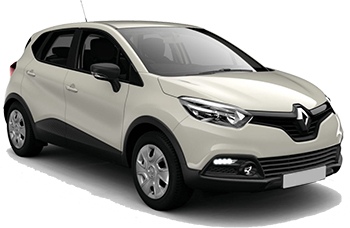
-
SurPrice car rentals From€ 6 /day -
CRC car rental company From€ 7 /day -
Goldcar From€ 8 /day

-
Centauro From€ 9 /day -
wheego From€ 14 /day -
Record Go From€ 15 /day

-
wheego From€ 6 /day -
CRC car rental company From€ 7 /day -
Centauro From€ 8 /day

-
Klass Wagen From€ 7 /day -
Green Motion From€ 9 /day -
Drivalia From€ 16 /day

-
CRC car rental company From€ 12 /day -
Flizzr From€ 13 /day -
Drive On Holidays From€ 15 /day
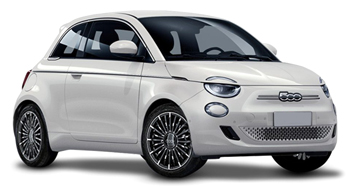
-
Centauro From€ 5 /day

-
Centauro From€ 5 /day -
Keddy By Europcar From€ 16 /day -
Europcar From€ 20 /day

-
Centauro From€ 10 /day

-
Green Motion From€ 7 /day -
Cael From€ 23 /day -
Guerin From€ 57 /day
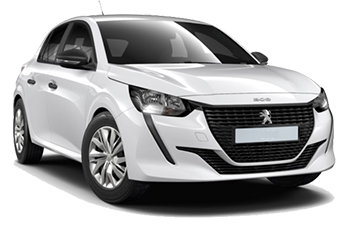
-
Green Motion From€ 7 /day -
Cael From€ 23 /day -
Guerin From€ 25 /day

-
Green Motion From€ 11 /day -
Guerin From€ 26 /day -
Cael From€ 36 /day

-
Centauro From€ 8 /day -
Budget From€ 15 /day -
Drive On Holidays From€ 17 /day

-
Centauro From€ 8 /day -
Avis From€ 16 /day -
Budget From€ 18 /day

-
Green Motion From€ 14 /day -
Guerin From€ 66 /day
Car rental companies in Lisbon
Below are the car rental companies in Lisbon with the best ratings. Compare all ratings and prices of these rental companies in one search.
-
Enterprise
From€ 18 / day -
Guerin
From€ 14 / day -
Thrifty
From€ 13 / day -
Sixt
From€ 12 / day -
Drivalia
From€ 10 / day -
National Car Rental
No rates available

When is the best time to book a rental car in Lisbon?
Car rental companies in and around Lisbon
Information about Lisbon
The name Lisbon instantly makes you think of fado, the melancholic song that captures the Portuguese capital and its residents so well. Just like the subject of a fado song Lisbon too has known its setbacks. In 1755, the city was virtually wiped out by an earthquake followed by a tsunami. And in 1988 a fire destroyed a large part of the historic Baixa district. But Lisbon has never thrown in the towel and recovers after each setback.
After the major fire the center of Lisbon was re-arranged. A large area was designated for the Universal Exhibition of 1998. The grounds of the Expo are now called Parque das Naçōes, a lively area around a large shopping center. There are bars and restaurants here too, and the Oceanarium - the largest aquarium in Europe.
The Tagus river is the lifeblood of Lisbon with the eye-catching Ponte 25 de Abril. Does this suspension bridge remind you of the Golden Gate Bridge from San Francisco? That's right, because both bridges were built by the same company. The name refers to the date of the Carnation Revolution in 1974. There is a large statue of Christ on a high pedestal at the bridge. You can take the lift up and enjoy a magnificent view of the bridge, the River Tagus and Lisbon.
The most famous square of the city is Rossio. This is a great meeting place and the square is surrounded by restaurants and shops. It is connected to the Praça do Comércio, a large square adjacent to the Tagus. That square and the streets around it were constructed after the earthquake of 1755. A bit rigid and very windy at times.
Tram 28 runs from this large square to the more picturesque Alfama district. A big advantage of the tram is that you don't have to make the climb up yourself. But many other tourists and the Portuguese themselves think the same and this makes it a very busy line. Alfama and Bairro Alto (literally High Neighborhood) are charming neighborhoods with narrow streets, coffee houses and eateries. These are also the districts to listen to the fado, for example in one of the many restaurants around the Praça Camões (in Bairro Alto).
The tourist office has several kiosks scattered throughout the city. You can recognize them by the title Ask Me Lisboa. They can give you information on sights and attractions, but they can also help you in finding accommodation.
In and around Lisbon
In the middle of the Tagus stands a watchtower, the Torre de Belém. It was built in the beginning of the 16th century to protect the harbor, but served as a prison during the Spanish occupation (which started at the end of the 16th century). In the district of Belém you can further find the Monument of the Discoveries (Padrão dos Descobrimentos).
The Castelo de São Jorge sits high on a hill. It was the residence of the Portuguese Royal house until the Spaniards conquered Portugal. In 1755 it was heavily damaged by the earthquake, but this impressive fortress is certainly worth a visit.
The Lisbon region is worth a visit too. Residents of Lisbon love going to Sintra, where the Mores and later the rich Portuguese built their spacious country houses. On the way to the city you can already see the first palaces, like the pink palace of Queluz and the Palácio Nacional de Pena, which looks like it fits right into a fairytale.
After Sintra you can drive further on towards the west. You will then end up on the peninsula Cabo Carvoeiro, the most western point of the European mainland. Obviously this peninsula was a strategic point and that is why a new fortress was built in the 17th century.
Want to escape the cozy, but very busy Lisbon for a while? Take a ride in your rental car along the Tagus River! Drive upstream (towards the northeast) and you'll pass through nice towns and villages. A tip: you can usually eat excellent local food in these villages for less than half of what you would pay in the center of Lisbon. Near the quaint town of Abrantes lie the remains of a 14th century castle, and you can enjoy a nice view of the area here too.
Parking
Lisbon is a busy town and finding a parking space can prove difficult. In addition, many streets are narrow and steep and reserved for pedestrians or trams. There are some parking lots and garages but these are often full. On the street you can park in the blue zones, for a fee. Parking in the yellow and red zones is prohibited.
Lisbon airport
The Lisbon airport is called Lisbon Airport and is located 7 kilometers northeast of the city, along the A1 that connects Lisbon to Porto. Follow the A5 highway from Cascais/Estoril. On both the A1 as the A5 the airport is clearly signposted (follow the ring road 2a).